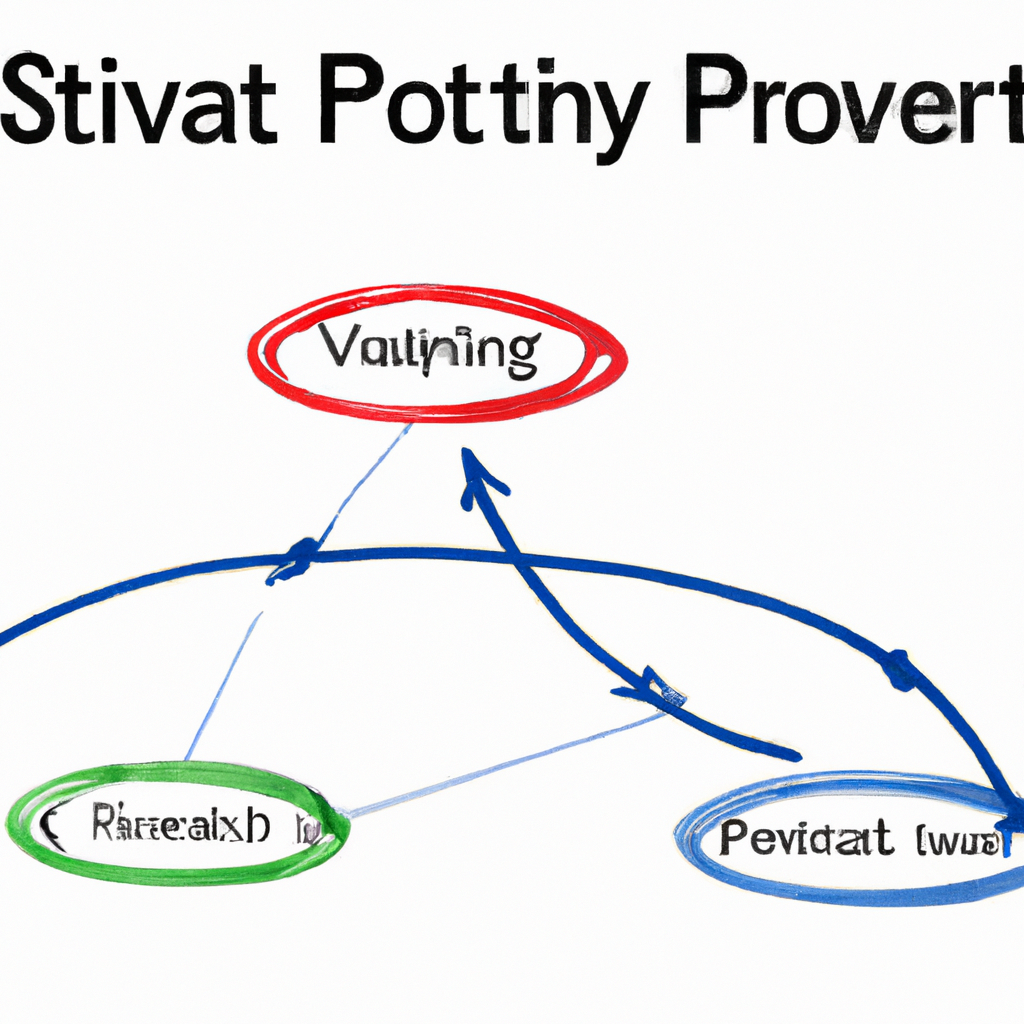Pivot Point Trading Strategies
What are Pivot Points?
Pivot points are technical indicators used by traders to predict potential price movements in the financial markets. They are calculated based on the previous day’s high, low, and closing prices. Pivot points are used to identify key support and resistance levels, which can help traders make informed decisions about when to enter or exit trades.
How to Calculate Pivot Points
There are several different methods for calculating pivot points, but the most common formula is as follows:
Pivot Point (P) = (High + Low + Close) / 3
Support 1 (S1) = (2 * P) – High
Resistance 1 (R1) = (2 * P) – Low
Support 2 (S2) = P – (High – Low)
Resistance 2 (R2) = P + (High – Low)
Trading Strategies Using Pivot Points
1. Pivot Point Reversal Strategy
This strategy involves looking for price reversals at key pivot point levels. Traders will wait for the price to reach a pivot point level and then look for signs of a reversal, such as a candlestick pattern or a divergence in an oscillator indicator.
2. Pivot Point Breakout Strategy
This strategy involves trading breakouts above or below pivot point levels. Traders will wait for the price to break through a pivot point level and then enter a trade in the direction of the breakout. This strategy can be particularly effective when there is strong momentum in the market.
3. Pivot Point Bounce Strategy
This strategy involves trading bounces off pivot point levels. Traders will look for the price to bounce off a pivot point level and then enter a trade in the opposite direction. This strategy can be used to take advantage of short-term price fluctuations in the market.
Conclusion
Pivot point trading strategies can be a valuable tool for traders looking to identify key support and resistance levels in the financial markets. By using pivot points in their trading, traders can make more informed decisions about when to enter or exit trades, leading to potentially higher profits and reduced risk.


